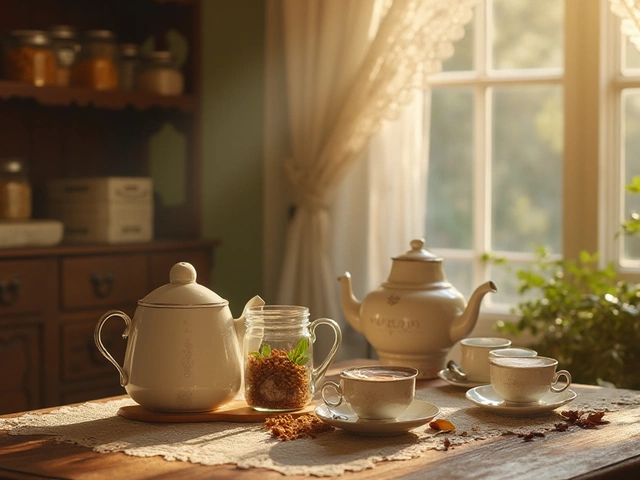Spirits Comparison Guide: How to Pick the Best Drink for You
If you’ve ever stared at a shelf of bottles and wondered which spirit actually wins, you’re not alone. Comparing spirits isn’t a science lab—it’s about flavor, finish, and what fits your night. Below you’ll get a quick walk‑through of the most common showdowns and easy tasting tricks you can try at home.
Simple Steps to Taste Like a Pro
First, grab a clean glass, pour a small amount (about 30 ml), and let the spirit sit for a minute. Swirl gently, sniff, then take a sip. Notice three things: the nose (aroma), the palate (flavor), and the finish (after‑taste). If the spirit feels harsh, add a few drops of water – it can open up hidden notes, especially in whisky and gin.
Take notes as you go. Jot down words like “citrusy,” “smoky,” or “smooth.” Over time you’ll spot patterns and know what you prefer without the buzz of a full pour.
Popular Showdowns and What to Watch For
Vodka vs. Gin: Vodka aims for neutrality. Look for clean, crisp bite and a subtle grain or potato hint. Gin, on the other hand, bursts with botanicals – juniper, citrus, herb. If you love fresh herbs and a piney edge, gin wins. If you want a clean base for mixers, go vodka.
Whisky vs. Bourbon: Both are aged, but whisky (especially Scotch) leans toward smoky, earthy, sometimes maritime notes. Bourbon is sweeter, thanks to higher corn content, with vanilla, caramel, and oak. Try them side by side: the one that feels sweeter and smoother is likely bourbon; the one that’s drier and more peaty is whisky.
Rum vs. Tequila: Rum brings sugarcane sugar, tropical fruit, and sometimes spice. Tequila delivers agave, herbaceous, and sometimes peppery flavors. Light white rum works great in fruity mixers, while blanco tequila shines in simple lime‑salt combos.
Brandy vs. Cognac: All Cognac is brandy, but not all brandy is Cognac. Cognac follows strict French rules, giving it a refined, often floral profile. Generic brandy may be fruitier or harsher. If you love a silky finish, look for Cognac.
When you line up these pairs, focus on what matters to you: nose intensity, mouthfeel, or after‑taste length. The “best” spirit is the one that matches your palate, not the one with the highest price tag.
Finally, remember that context matters. A spirit that feels harsh neat might be perfect in a cocktail where other ingredients balance it out. Experiment with a classic cocktail – a gin & tonic, a whisky on the rocks, a vodka martini – and see how the same spirit behaves differently.
Bottom line: tasting, noting, and comparing is a hands‑on hobby, not a lecture. Grab two bottles, follow the simple steps, and you’ll quickly know which spirit deserves a permanent spot on your bar.
Getting drunk on whiskey just hits differently than beer or vodka, and it’s not all in your head. This article breaks down how whiskey affects you, why the buzz feels unique, and what actually happens when you sip, shoot, or savor it. You’ll pick up cool facts on the science behind whiskey’s effects, tips to handle the experience, and some things even regular drinkers get wrong. Perfect if you want to actually understand (and maybe improve) your next whiskey night.
View Details

